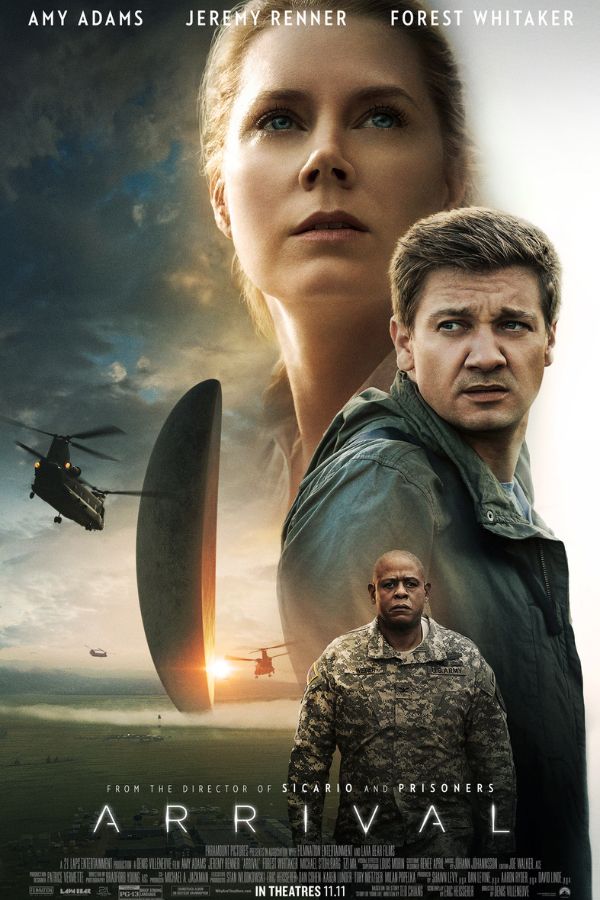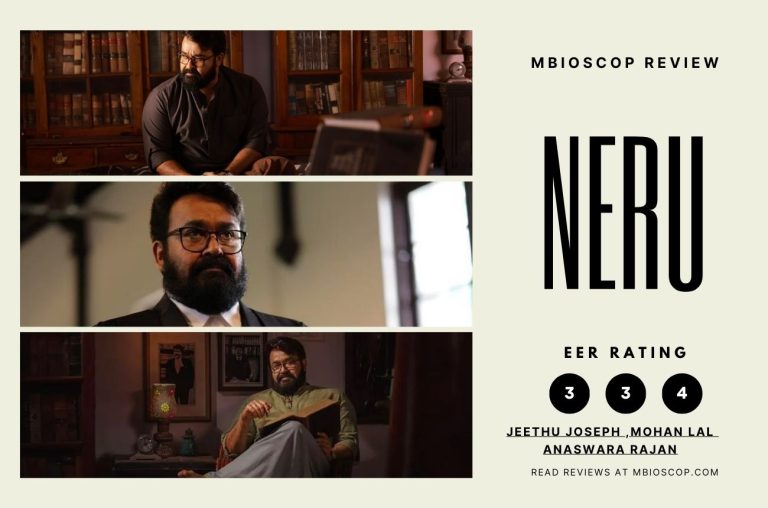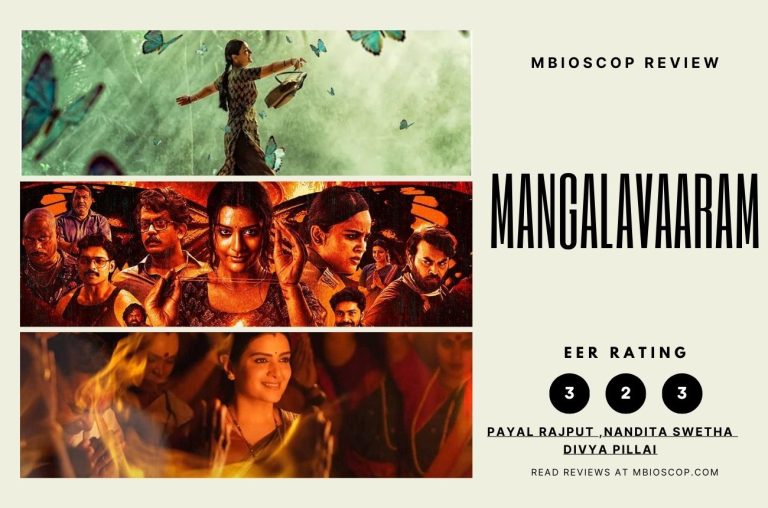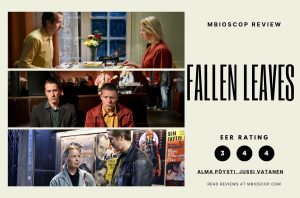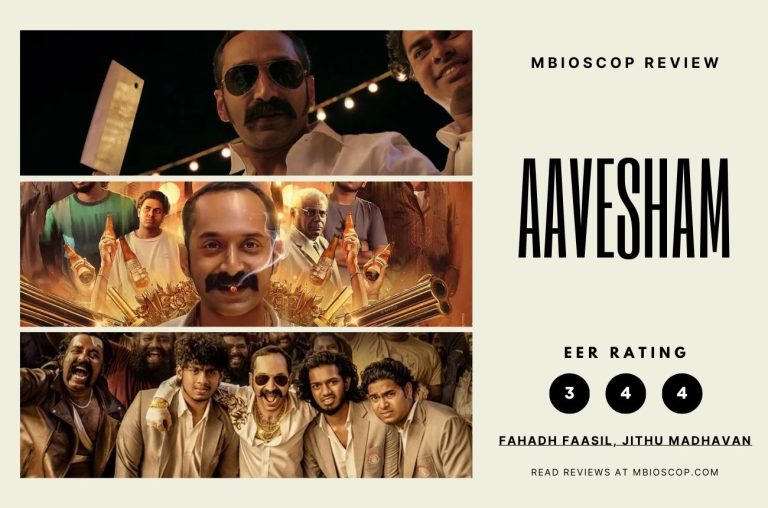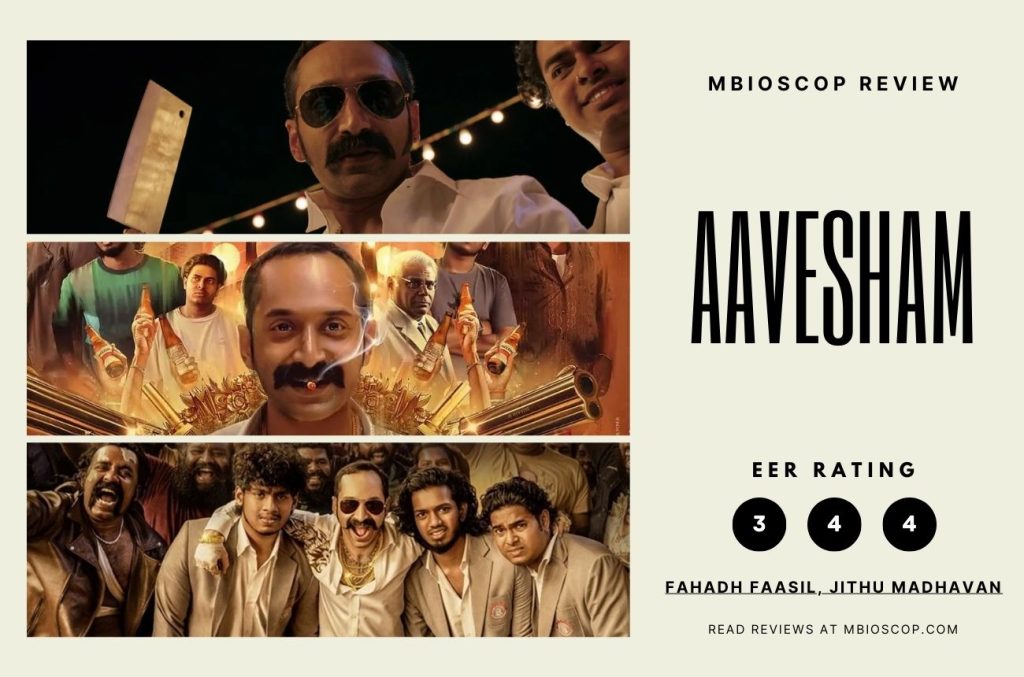“Arrival,” a cinematic masterpiece born from Ted Chiang’s 1998 novella, emerges not just as a sci-fi spectacle but as a profound exploration of humanity’s intricacies. In the backdrop of 2016’s tumultuous political climate, the film, directed by Denis Villeneuve, immerses viewers in a narrative that transcends time, delving into the timeless themes of language, imagination, and human relationships.
The film opens with the haunting strains of Max Richter’s “On the Nature of Daylight,” setting the emotional tone for what unfolds. Dr. Louise Banks, portrayed with depth by Amy Adams, becomes the linchpin of the story. The melancholic melody mirrors her grief, a prelude to the extraordinary events that unfold when colossal pod-shaped crafts land worldwide, leaving governments and citizens grappling with the unknown.
Amidst global chaos, Dr. Banks is enlisted by military intelligence, represented by Colonel Weber (Forest Whitaker), to decipher the extraterrestrial language. Joined by physicist Ian Donnelly (Jeremy Renner) and cynical Agent Halpern (Michael Stuhlbarg), they embark on a mission to communicate with the enigmatic beings within the hovering crafts.
Villeneuve’s directorial finesse is evident in the deliberate pacing, a departure from typical alien-invasion tropes. The film’s deliberate unfolding, akin to a Rubik’s cube in the hands of a savant, captivates audiences, leaving them gasping in realization as the intricate pieces converge. “Arrival” proves itself not just as a genre film but a serious, smartly crafted work of art.
At its core, “Arrival” transcends the sci-fi facade, diving into the profound impact of language on human perception. The film echoes the sentiments of linguists and philosophers who argue that reality is not a universal experience. Rather, it is shaped by the linguistic tools we use to describe our world. This concept is illustrated through examples like the perception of color, where vocabulary enriches one’s ability to distinguish shades.
The challenge of translation becomes a central theme, highlighting the limitations of literal translations performed by technology. Learning a new language isn’t merely about acquiring words and grammar; it transforms into a shift in perception, an alteration in how the world is imagined and understood. “Arrival” proposes that encountering a radically different culture necessitates absorbing a new way of seeing, challenging preconceptions and risking a paradigm shift.
The breakdowns in communication within Dr. Banks’ team and with other global teams mirror the struggles of real-world dialogue. The tension between sharing information and maintaining secrecy adds layers to the narrative, emphasizing that communication goes beyond mere words—it’s about the framework through which those words are given meaning.
While the film explores the necessity of talking to one another for survival, it delves deeper into the significance of the metaphors and frameworks that underpin language. Speaking the same language doesn’t guarantee understanding; functional communication requires aligning the entire framework, acknowledging that different metaphorical languages can lead to significant shifts in actions and interpretations.
“Arrival” extends beyond the individual level, addressing broader societal challenges. It draws parallels with real-world scenarios, such as Arlie Russell Hochschild’s exploration of the deep stories that shape divergent perspectives in “Strangers In Their Own Land.” The film suggests that the challenge of pluralism isn’t just about differing ideas but fundamentally different mental roadmaps.
The metaphor of mental roadmaps takes center stage, illustrating the divergence in navigating from point A to Z. Arrival poignantly captures the collision of contrasting worldviews, emphasizing the unrecognized gaps in our own maps. The film provocatively suggests that determining the superiority of these maps remains an unresolved challenge, leading to continual collisions on the shared highway of existence.
In exploring these themes, “Arrival” propels itself beyond the realms of traditional sci-fi narratives. It presents a strong case that communication, rather than combat, is the key to avoiding self-destruction. Language, with its embedded metaphors, acts as a roadmap shaping our actions and decisions. The film’s sci-fi direction, while brain-bending, convincingly argues for the necessity of adjusting mental roadmaps constantly.
As a cinematic experience, “Arrival” distinguishes itself with intricate and unpredictable visuals. Eschewing flashy explosions, it harks back to the quiet profundity of 1970s science-fiction films or Danny Boyle’s “Sunshine.” The deliberate conclusion, though slightly rushed, circles back to the film’s central themes, particularly the reshaped human imagination.
In a world marred by political upheaval and social discord, “Arrival” remains a beacon of introspection. Its exploration of language, empathy, and the need for constant adjustment in our mental roadmaps resonates far beyond its sci-fi facade. The film’s poignant reminder that good movies offer a starting point for understanding complex challenges becomes particularly relevant in a week marked by societal turbulence.
In conclusion, “Arrival” stands as a testament to the enduring power of cinema to delve into the complexities of the human experience. As we navigate our own linguistic landscapes, grappling with the consequences of our metaphors, the film invites us to reflect on the importance of communication in shaping our shared reality.

